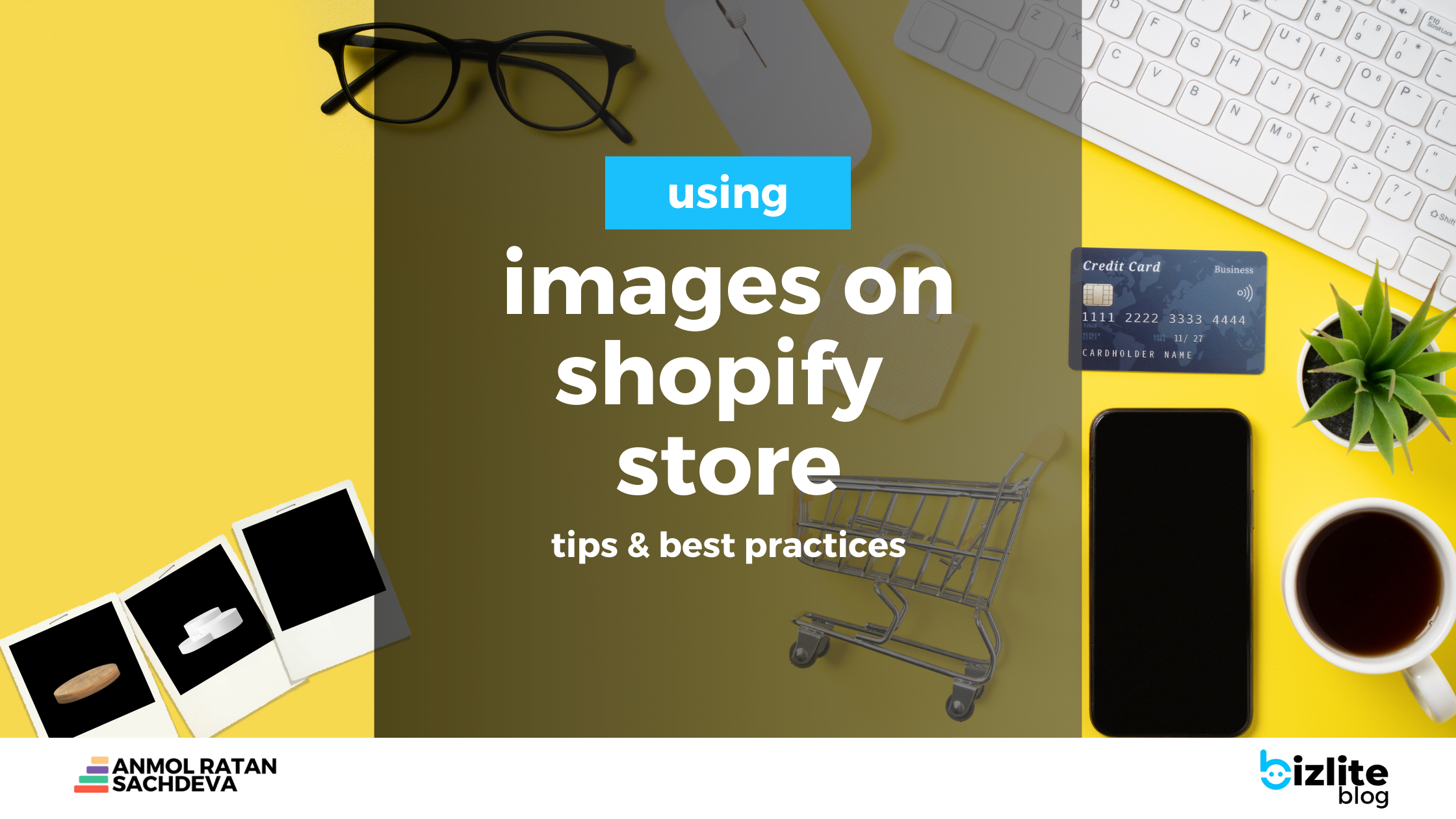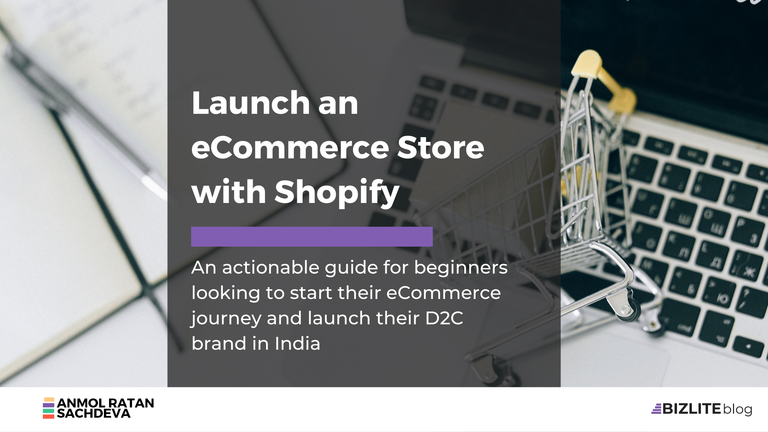Power of Images on Your Shopify Store: Leverage Product Images for Growth

The ecommerce industry is growing through leaps and bounds. Its revenue is growing with every coming day. It is now seen as a massive industry having revenue in trillions of dollars worldwide.
It is observed that most ecommerce stores are built using CMSs. One of the leading CMS platforms worldwide is Shopify. Over 4 million websites are built using it. Speaking of the US only, over 29% of ecommerce websites are built using Shopify.
Its popularity amongst ecommerce sellers is its cloud-based and cost-effective ecommerce services. Moreover, the availability of supportive applications and plugins to enhance the efficiency of websites makes it a highly desired CMS platform for ecommerce website owners. Like any ecommerce store, websites built using Shopify need all the necessary elements to help generate conversions and increase revenue.
One of the most critical elements for the aforementioned purposes is imagery. Images help ecommerce stores grab the attention of prospects and existing customers. As a Shopify store owner, you should be aware of tactics that can help you use the power of images and make them an effective tool to generate conversions.
However, it is often observed that most Shopify store owners overlook the power of images and don’t pay much attention to leveraging images for the better.
You can leverage the power of images by optimizing them for enhanced exposure on search engines.
Here we will discuss why leveraging the power of images for higher conversion rates on your Shopify store is necessary and how you can optimize images for this purpose. Further details are given below. Read on to learn more.
Table of Contents
Why Leveraging the Power of Images is Important?
It is well-known that reverse image search has become the most effective way for average ecommerce consumers to find their desired products. Users often use photo search technique to find their desired merchandise online. If an ecommerce store built using Shopify or another CMS has worked on optimising images published on the website, these images will be displayed with relevant search results. Hence, Shopify stores optimizing images will have more chances of grabbing the attention of qualified leads and enticing them to purchase products.
Therefore, Shopify stores must leverage the power of images and increase their revenue significantly.
How Can Image Optimization Help You?
Now that you have understood the importance of leveraging the power of images for higher conversion rates and enhanced revenue on a Shopify store, it is time to learn how to do it.
Here are some tips and tricks that will help you optimize images for enhanced exposure in reverse image search results. Further details are given below:
Descriptive Image File Names are a Must
The first thing you need to do while uploading product images on your Shopify store is to ensure they have concise and direct file names. It is worth understanding that crawlers used by search engines still need to be more efficient in figuring out the relevancy of images without understanding their names.
Hence, it is your responsibility to equip images with clear, concise, and direct file names describing the content featured by them.
This practice will help crawlers understand the relevancy of your images, and search engines will also display them in the relevant search results to ensure better exposure. It is even better to use relevant keywords in file names.
Doing so will also aid in image SEO. Instead of automatically generated names assigned to image files by the camera, ensure keyword-rich and descriptive image names to rank your webpages and images higher on SERPs.
Ensure ALT Tag Optimization
Like image file names, ALT attributes of images also play a critical role in helping you enhance the exposure of images on search results. In simple words, Alt tags are text alternatives to images. These Alt attributes are displayed due to the failure of the browser in rendering images. These Alt tags are also used for web accessibility. These Alt attributes are displayed even the images are correctly rendered and you hover over them.
Overlooking the importance of Alt tags in terms of SEO could be a fatal mistake leading to limited exposure of images from your website on search engine results. Hence, it is necessary to fill out Alt attributes for every image on the website except decorative ones. Ensure plain language while writing Alt tags and avoid overstuffing of keywords. If you are selling products with model or serial numbers, these numbers should be mentioned in Alt attributes.
Optimum Image Dimensions Should be Considered
We know that most internet users access the internet through their smartphones. eCommerce consumers looking for their desired product do the same. Hence, if you want to ensure that the images you posted on your Shopify store appeal to smartphone users, ensure their mobile friendliness. Simply put, you have to modify the dimensions of your images so that they appear appropriately on smartphone displays and other devices like PCs and tablets.
Overlooking the importance of appropriate image dimensions and their mobile friendliness can lead to the frustration of visitors, which may make them leave your website.
Hence, it is necessary to edit images and upload them in appropriate dimensions that work well for displays of various sizes. This practice will allow you to display your products in the best way possible without compromising the user experience (UX) of your existing consumers and prospects.
Reduce the File Size of Images
Images with larger file sizes indeed come with higher quality and resolution, providing consumers with a detailed view of products displayed on your Shopify store.
However, the larger file size of images could become a problem when it comes to ensuring faster loading speed of web pages. If a web page of your site takes more than 3 seconds to load, you may see visitors trying to access your website give up the idea of visiting it and leaving it midway.
This phenomenon will result in a higher bounce rate. Loading speed and bounce rate are important factors search engines consider while ranking websites on search engines. Hence, you should be vigilant about the file sizes of images you upload on the Shopify store to help users get a proper view of products.
Excessively larger image file sizes can slow down the loading speed of your website. Hence, limiting the chances of your website ranking higher on SERPs. For this purpose, you can use an online image compressor to reduce photo size.
Putting it Together
Whether you believe it or not, images can be an effective tool to help your website rank higher over SERPs (Search Engine Result Pages). Moreover, adequately optimized images can enhance the exposure of your products by getting displayed on reverse image search results.
Want to start your Shopify store? Here's a deep dive into how to start your first Shopify store in India.
Also Read


